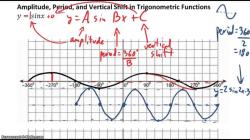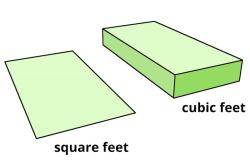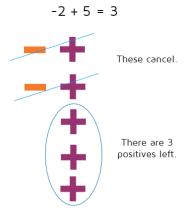How do you calculate percentage drop?
To calculate the percentage drop, you need to compare the change in a value from its original or previous value to the original value. Here's the formula and a step-by-step explanation of how to calculate the percentage drop:
Percentage Drop = [(Original Value - New Value) / Original Value] × 100%
Here's how you can calculate the percentage drop:
Original Value: This is the initial value before the drop occurs.
New Value: This is the value after the drop has taken place.
Subtract New Value from Original Value: Subtract the New Value from the Original Value. This calculation gives you the amount by which the value has dropped.
Divide by Original Value: Divide the drop by the Original Value to get the relative drop as a fraction of the original amount.
Multiply by 100%: To express the drop as a percentage, multiply the fraction by 100%.
Example:Let's say you're tracking the stock price of a company. The stock price was initially $100 per share, but it has now dropped to $75 per share. To calculate the percentage drop:
Percentage Drop = [($100 - $75) / $100] × 100%Percentage Drop = ($25 / $100) × 100%Percentage Drop = 0.25 × 100%Percentage Drop = 25%
In this example, the stock price has dropped by 25%. So, there has been a 25% decrease from the original value of $100 to the new value of $75. This is how you calculate the percentage drop for any type of value or measurement.
The Percentage Decrease Formula: Explained
The percentage decrease formula is a simple way to calculate the relative decrease between two values. It is expressed as a percentage of the original value.
The formula is as follows:
Percentage decrease = (Original value - New value) / Original value * 100%
where:
- Original value: The initial value before the decrease.
- New value: The final value after the decrease.
- Percentage decrease: The decrease expressed as a percentage.
Applying the Percentage Drop Formula in Real-Life Situations
The percentage drop formula can be applied in many real-life situations, such as:
- Calculating discounts on products and services.
- Measuring inflation rates.
- Tracking investment losses.
- Monitoring weight loss.
- Assessing energy savings.
For example, if a product is discounted from $100 to $80, the percentage decrease is 20%. This can be calculated using the following formula:
Percentage decrease = ($100 - $80) / $100 * 100% = 20%
Examples and Practice Exercises for Percentage Decrease
Here are some examples and practice exercises for percentage decrease:
Example 1:
A student scored 90% on their first test and 80% on their second test. What is the percentage decrease in their score?
Percentage decrease = (90% - 80%) / 90% * 100% = 11.11%
Therefore, the student's score decreased by 11.11%.
Practice Exercise:
A company's sales decreased from $1 million in 2022 to $800,000 in 2023. What is the percentage decrease in sales?
Solution:
Percentage decrease = ($1 million - $800,000) / $1 million * 100% = 20%
Therefore, the company's sales decreased by 20%.
Calculating Percentage Decrease with Precision
To calculate percentage decrease with precision, it is important to use the correct number of decimal places. For example, if you are calculating the percentage decrease in a monetary value, you should use two decimal places.
If you are using a calculator, make sure that it is set to the correct number of decimal places. You can also use a spreadsheet program to perform the calculation.
Additional Tips for Handling Percentage Decreases
Here are some additional tips for handling percentage decreases:
- Be careful when comparing percentage decreases between different values. For example, a decrease of 20% from $100 to $80 is the same as a decrease of 20% from $1,000 to $800, but the impact of the decrease is much greater in the second case.
- When interpreting percentage decreases, it is important to consider the context. For example, a decrease of 20% in sales may be significant, but a decrease of 20% in profits may be even more significant.
- Be aware that percentage decreases can be used to manipulate data. For example, a company may advertise a "20% off" sale, but the discount may only apply to a select few items.
By understanding how to calculate and interpret percentage decreases, you can make more informed decisions in your personal and professional life.












